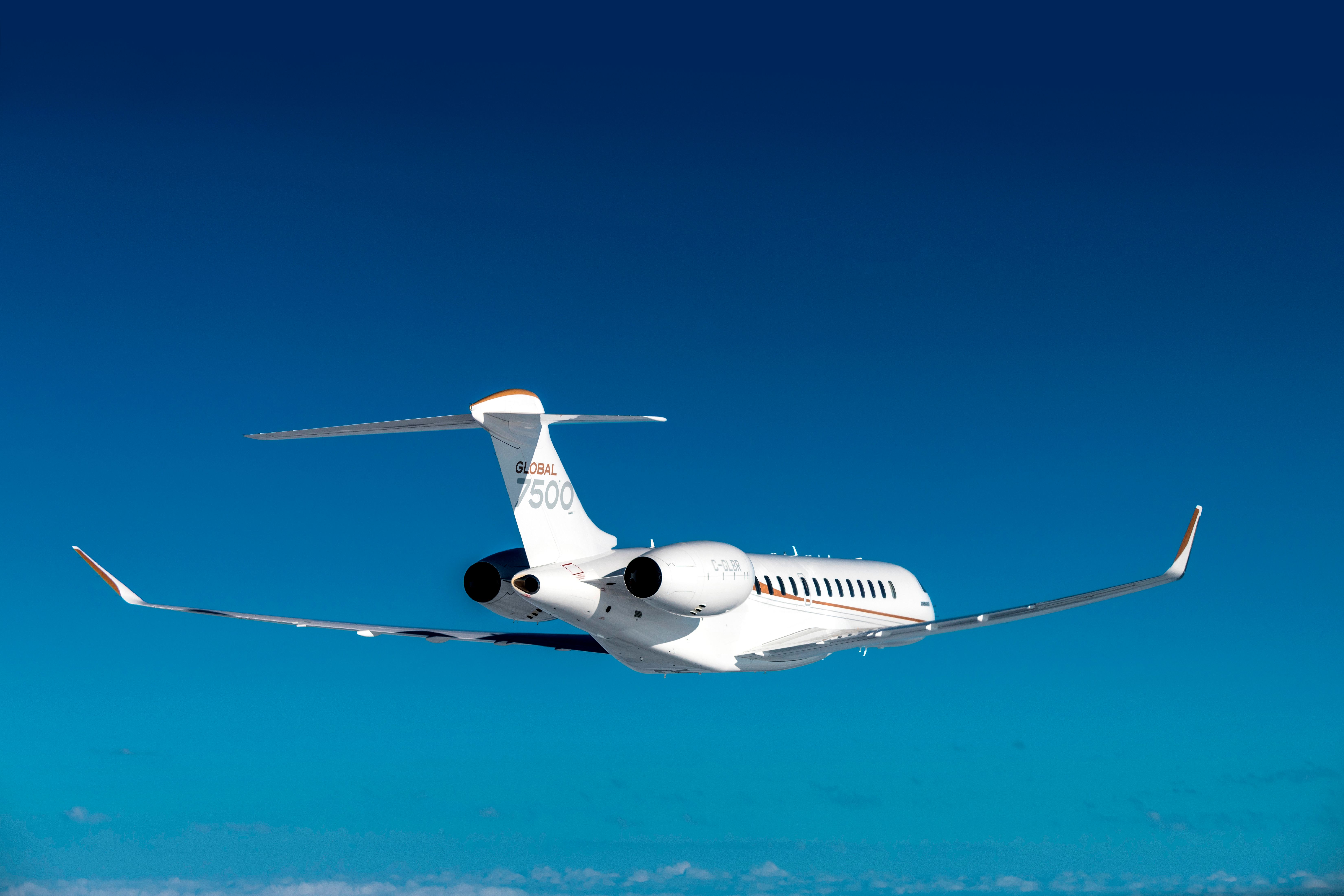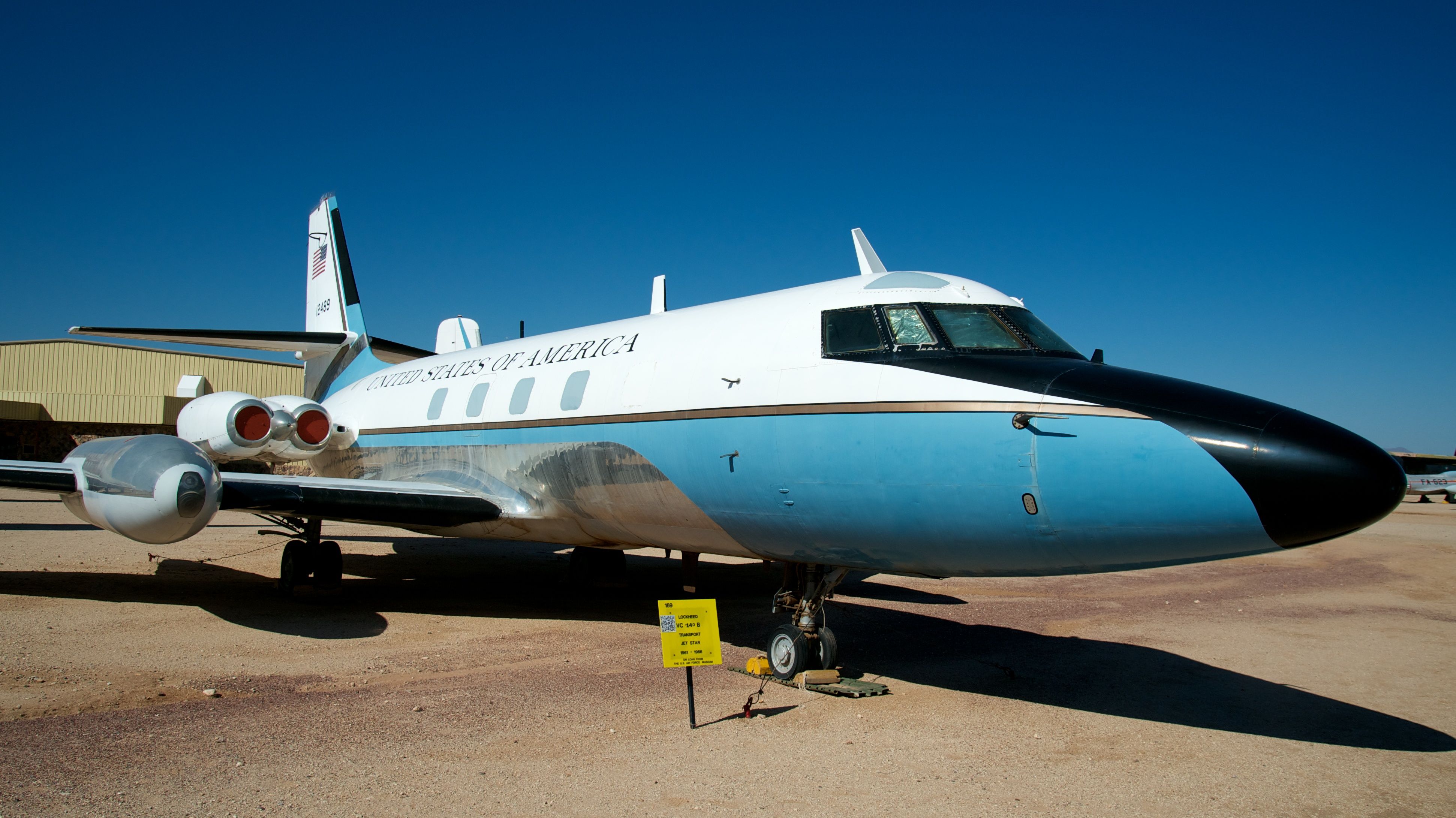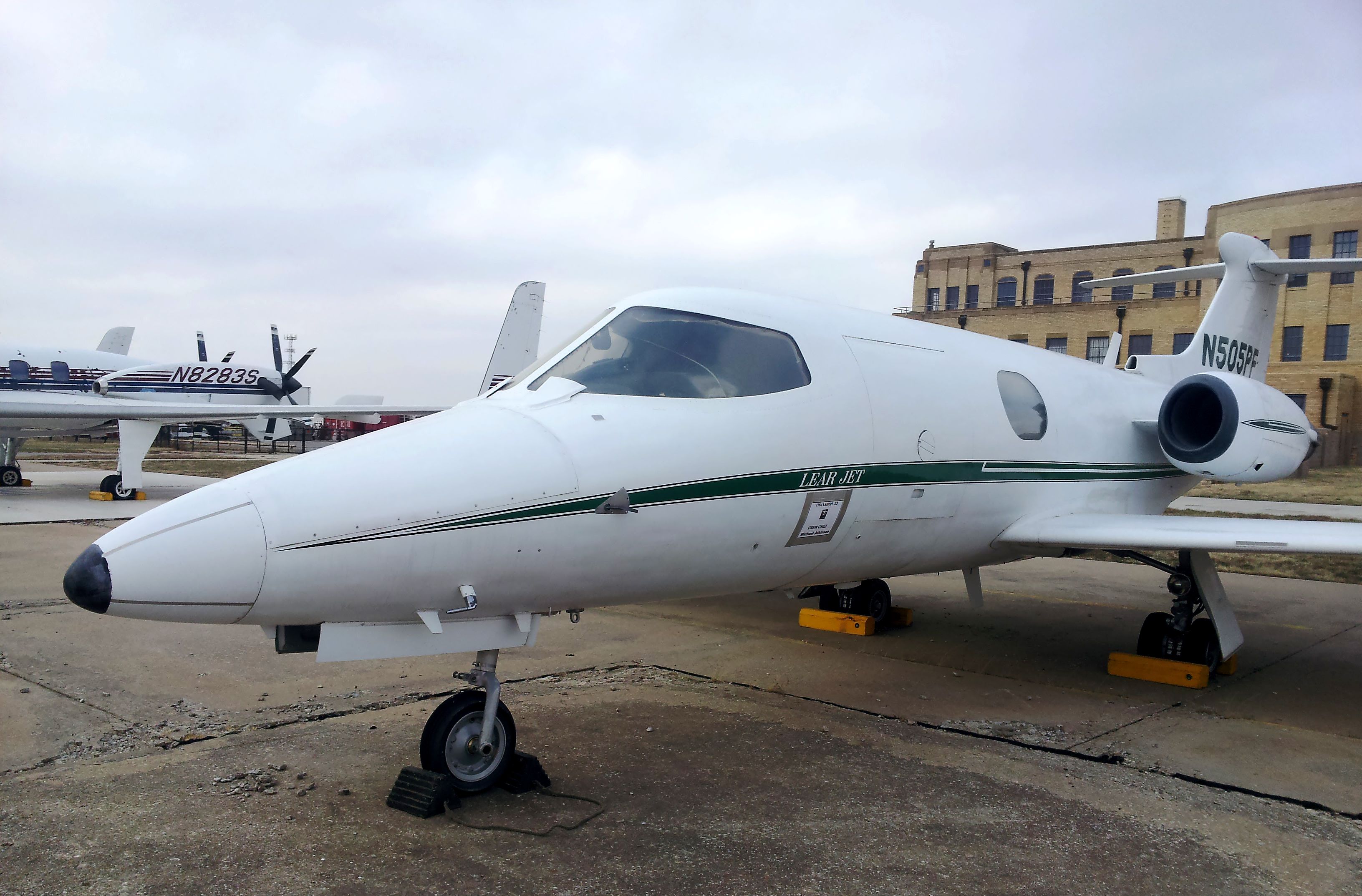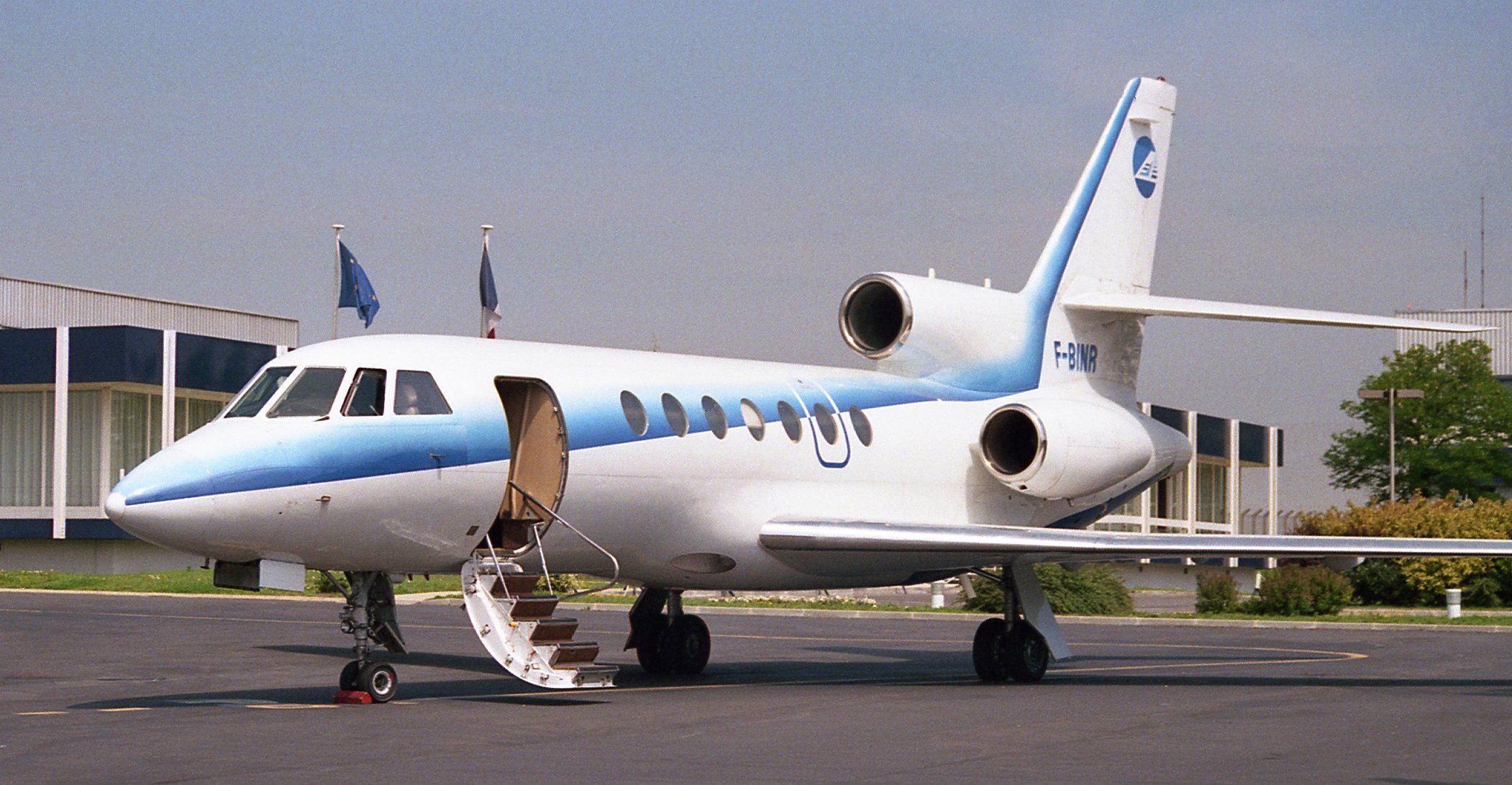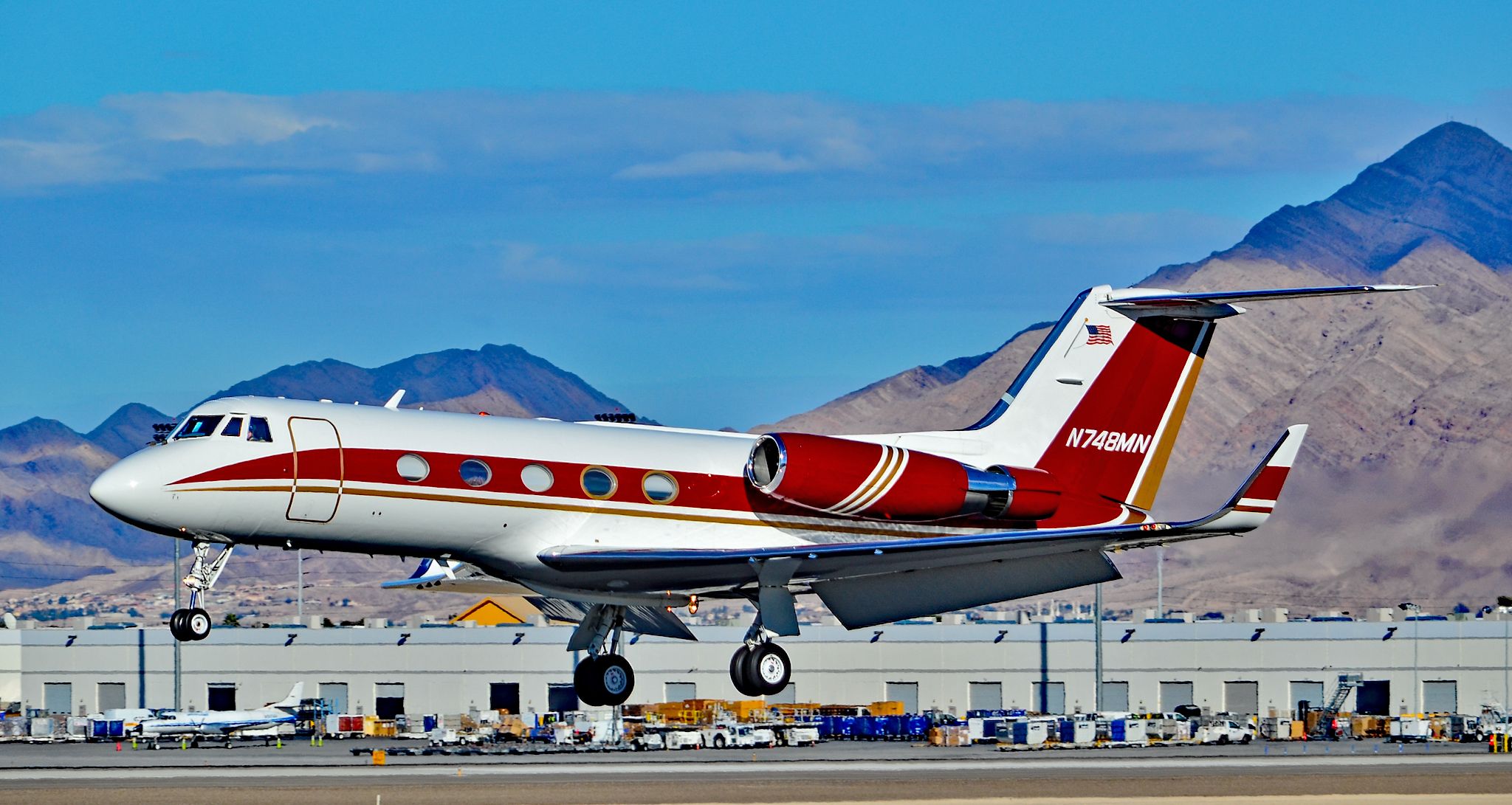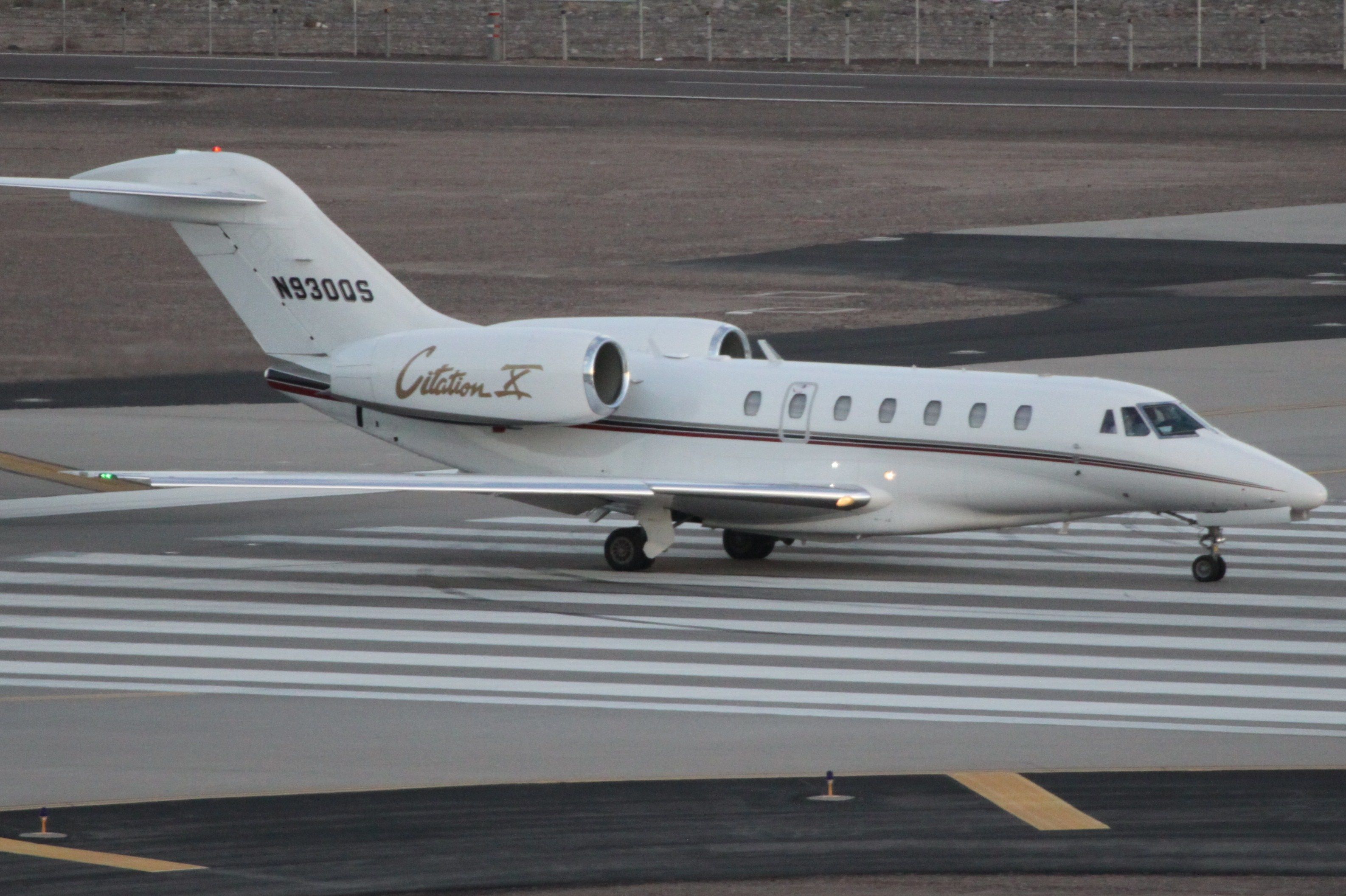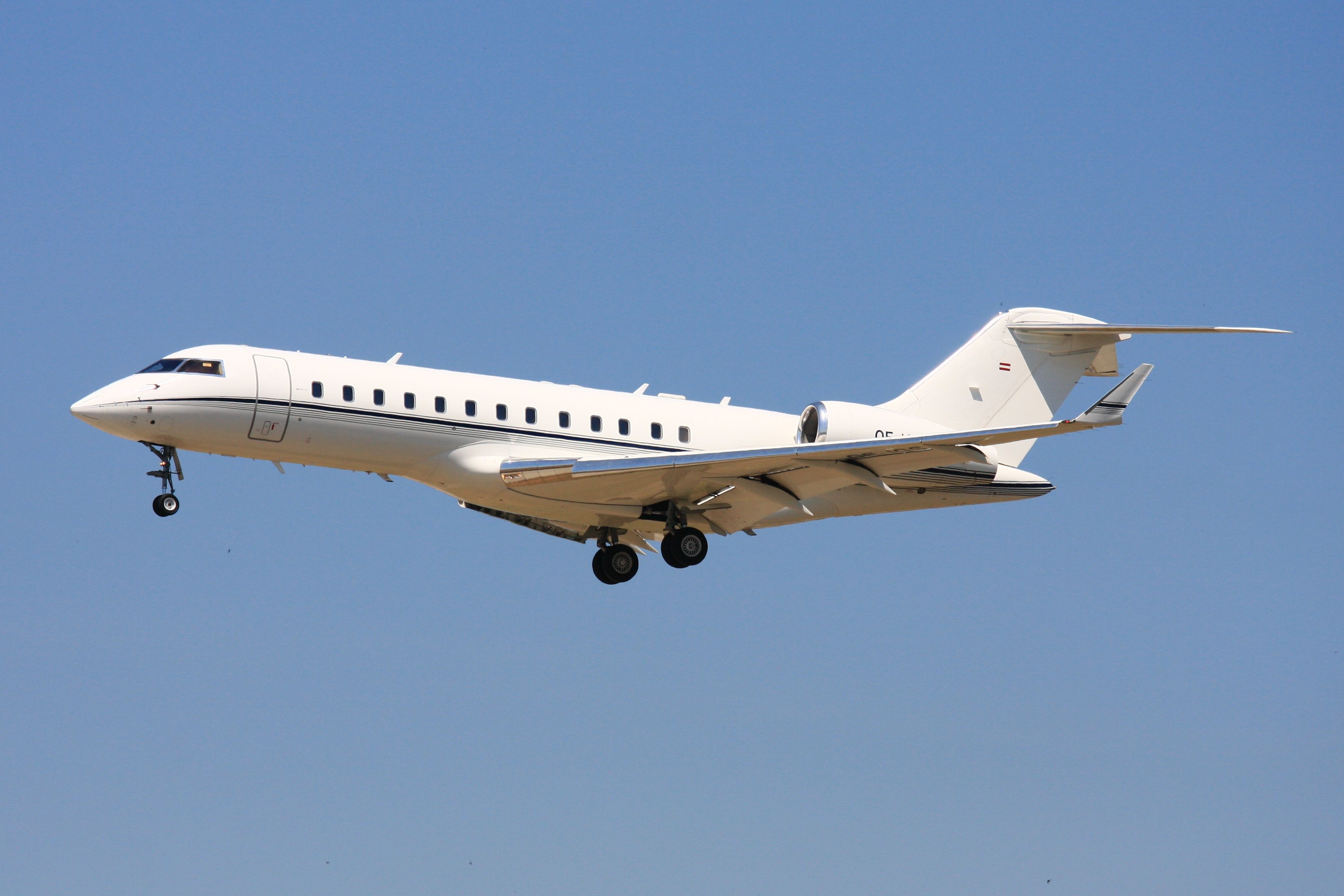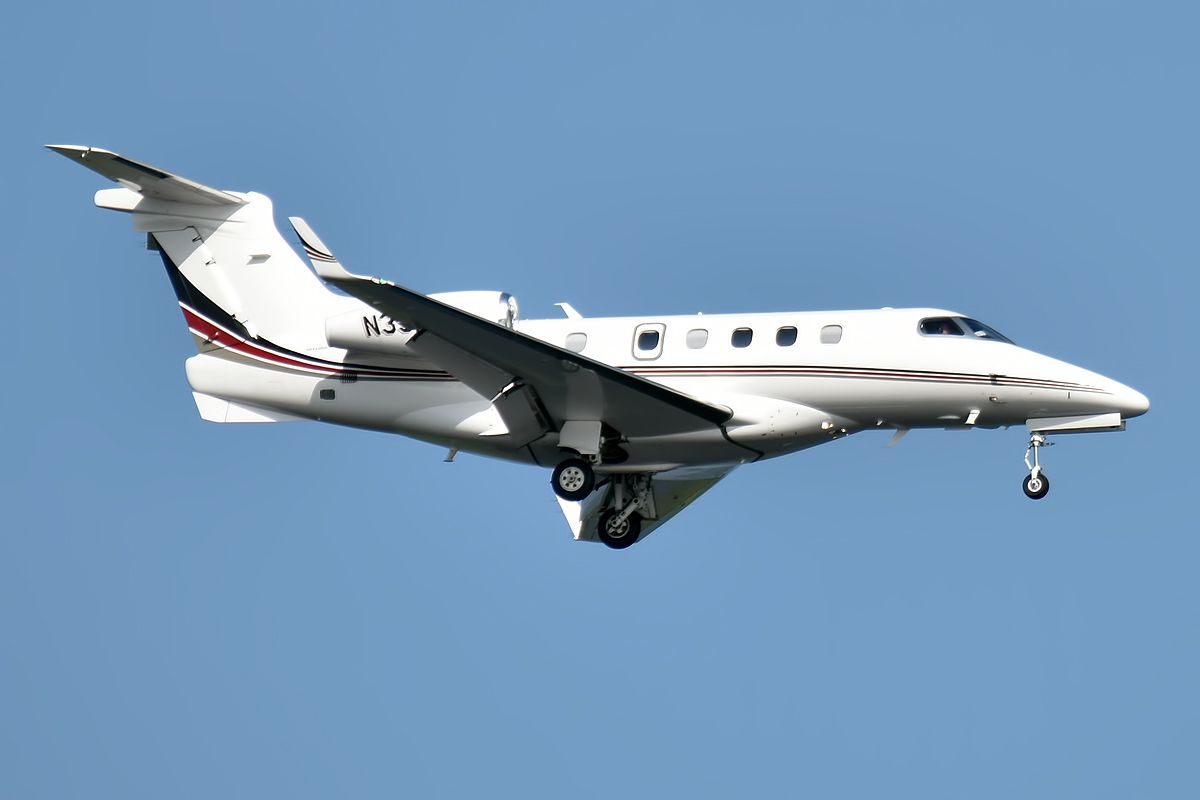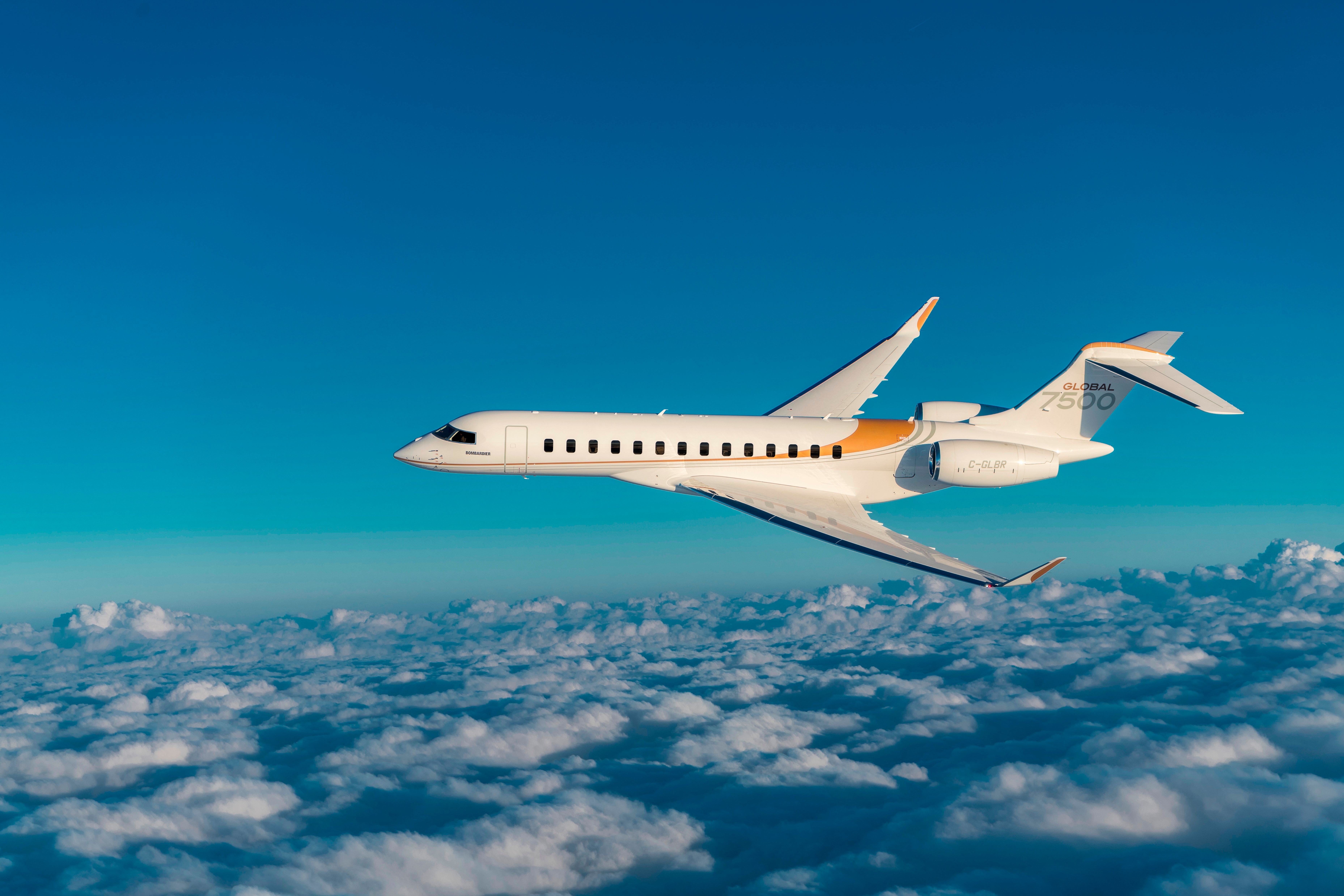In the world of business aviation, private jets dominate as the preferred aircraft choice. With numerous models, types, and sizes available, each jet possesses a distinct range that enables journeys of varying lengths. But which business jets have had the most significant influence and transformed the industry over time?
JetStar
During the 1960s to the 1970s, the Lockheed JetStar emerged as a prominent business jet. Notably, it held the distinction of being the first dedicated business jet to be introduced and the sole aircraft of its kind manufactured by Lockheed.
Its size also set it apart, as it remained one of the largest aircraft in its class for a significant period, accommodating ten passengers alongside a two-person crew. Its unique features include four engines positioned at the rear of the fuselage, setting it apart from other small jets.
Learjet 23
In 1964, Learjet introduced the Learjet 23, a high-speed business jet that could accommodate six to eight individuals. This twinjet model, the very first from Learjet, revolutionized the market by offering a fast and efficient option for small business aircraft.
With 101 aircraft delivered, production of the Learjet 23 concluded in 1966, leaving a significant impact on the business aviation industry.
Dassault Falcon 50
The Dassault Falcon 50 is a super-midsize, long-range business jet of French origin launched in the 1970s. It stands out with its unique trijet configuration. While sharing a similar fuselage cross-section and capacity as its predecessor, the twin-engined Falcon 20, the Falcon 50, was a completely new design.
Notably, the Falcon 50 was the first aircraft from the French airframer with transatlantic range. It could fly as far as 3,400 nautical miles (6,300 kilometers).
Grumman Gulfstream II
With a range of 3,580 nautical miles (6,600 kilometers) and a maximum cruise speed of 420 knots, this twin turbofan business jet was well-equipped for transcontinental flights. Introduced in 1966, it remained in production until 1980, with its successor, the Gulfstream IIBs, manufactured from 1981 to 1987.
Remarkably, out of the more than 250 Gulfstream IIs built, some of them continue to operate to this day.
Cessna Citation X
This model, featuring a clean-sheet design and a standard seating capacity of eight passengers along with two crew members, quickly became one of the most successful offerings from the US aircraft manufacturer. The Citation X jet, belonging to the Citation family, conducted its inaugural flight in 1993 and was subsequently introduced for delivery in 1996.
Over 300 units of this model were manufactured until the end of its production in 2018. Later, an updated version known as the Citation X+ was launched. The Citation X+ boasted new engines and avionics, further enhancing its performance and capabilities.
Bombardier Global Express
The Bombardier Global Express was designed and manufactured by Bombardier, revolutionizing business aviation with its spacious cabin and an impressive range of 6,000 nautical miles (11,100 kilometers). Its announcement took place in 1991, followed by its maiden flight in 1996.
Powered initially by two BMW/Rolls-Royce BR710 engines, the Global Express could accommodate 12 to 16 passengers in three cabin sections and connect any two points in the world with just one fuel stop.
Embraer Phenom 300
In the mid-2000s, during the surge of very-light jet demand, Embraer made a strategic move by simultaneously introducing the entry-level Phenom 100 and the larger Phenom 300. This choice proved to be correct, as both aircraft attracted dedicated customer bases.
However, the Phenom 300 stood out due to its appealing combination of larger jet features, such as accommodating up to nine passengers and offering a range of 2,000 nautical miles (3,700 kilometers), along with the fuel efficiency and operational cost advantages typically associated with light jets.
Bombardier Global 7500
The Bombardier Global 7500 jet stands alone as the world’s largest and longest-range business jet. With a maximum range of 7,700 nautical miles (14,260 kilometers), the Global 7500 can reach a top speed of 982 km/h and accommodate 19 passengers.
Production of the Global 7500 began in 2016, and as of 2022, a total of 100 aircraft have been manufactured.
Airbus ACJ Two Twenty
The ACJ Two Twenty is an extra-large business jet variant derived from the commercial Airbus A220 aircraft. Boasting a range of 5,650 nautical miles (10,460 kilometers), this aircraft stands out for its generously spacious cabin, capable of accommodating 18 passengers across six zones.
Get all the latest aviation news right here on Simple Flying.

